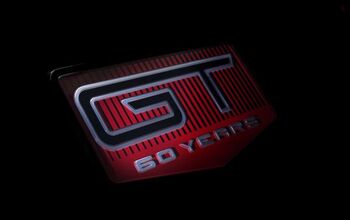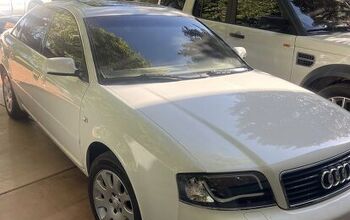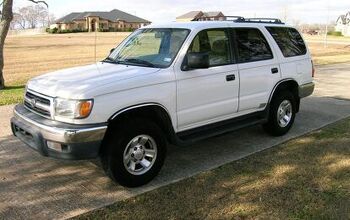Joint Toyota-Mazda Assembly Plant Headed to Alabama: Report

It looks like Alabama has won out over North Carolina in the battle to secure a massive, $1.6 billion joint assembly plant. The factory, a partnership between Toyota and Mazda (which, as of last summer, Toyota owns a 5 percent stake in), is reportedly headed to Huntsville, Alabama, and should give the smaller automaker the American capacity it needs to boost crossover sales.
Sources tell Reuters that company officials and government representatives will make an announcement today at the future factory site. Not only does the new plant herald lots of new jobs, it also means a new model.
The Alabama site makes sense for both automakers, as Toyota already has an engine plant in the area, and the Deep South locale keeps both companies relatively safe from UAW organization. A union attempt to break into the Southern auto workforce at Nissan’s Mississippi plant last year met with defeat.
The plant, said to be located at the Huntsville Mega Site, would bring 4,000 jobs to the region, with output reaching some 300,000 vehicles per year. It’s capacity both companies need. Toyota plans to shift Corolla production from Ontario to Alabama, rather than overburden its planned (but pared back) Guanajuato, Mexico plant. The automaker’s south-of-the-border facilities will instead crank out extra Tacomas — a vehicle Americans can’t seem to get enough of.
For Mazda, the automaker’s first U.S. plant means a wholly new model targeted specifically at American buyers. Sales haven’t reached a target laid out by CEO Masamichi Kogai in 2013, and production constraints, coupled with a limited crossover lineup, plays a large role in that. (U.S. Mazda sales reached a high point in 2015, falling each year since.) Last year, Kogai said the new plant would build a new crossover, with introduction set for 2021.
We don’t know much about Mazda’s new mystery vehicle, only that it’s tailored for U.S. buyers and will supposedly to fit into the brand’s lineup without cannibalizing sales of the CX-3, CX-5, and CX-9. The automaker certainly expects to sell a lot of them. Once up and running, Mazda plans to devote all of its 150,000-vehicle capacity at the plant to this new crossover — at least at first.
[Image: Mazda]

More by Steph Willems
Latest Car Reviews
Read moreLatest Product Reviews
Read moreRecent Comments
- Corey Lewis It's not competitive against others in the class, as my review discussed. https://www.thetruthaboutcars.com/cars/chevrolet/rental-review-the-2023-chevrolet-malibu-last-domestic-midsize-standing-44502760
- Turbo Is Black Magic My wife had one of these back in 06, did a ton of work to it… supercharger, full exhaust, full suspension.. it was a blast to drive even though it was still hilariously slow. Great for drive in nights, open the hatch fold the seats flat and just relax.Also this thing is a great example of how far we have come in crash safety even since just 2005… go look at these old crash tests now and I cringe at what a modern electric tank would do to this thing.
- MaintenanceCosts Whenever the topic of the xB comes up…Me: "The style is fun. The combination of the box shape and the aggressive detailing is very JDM."Wife: "Those are ghetto."Me: "They're smaller than a Corolla outside and have the space of a RAV4 inside."Wife: "Those are ghetto."Me: "They're kind of fun to drive with a stick."Wife: "Those are ghetto."It's one of a few cars (including its fellow box, the Ford Flex) on which we will just never see eye to eye.
- Oberkanone The alternative is a more expensive SUV. Yes, it will be missed.
- Ajla I did like this one.


































Comments
Join the conversation
I’d say that the state of Alabama is off to a rousing start in 2018! First a national championship, now this!
Don't do this Mazda. Toyota is a vampire, look at what happened to Subaru when they partnered with Toyota. Boring, boring, boring.